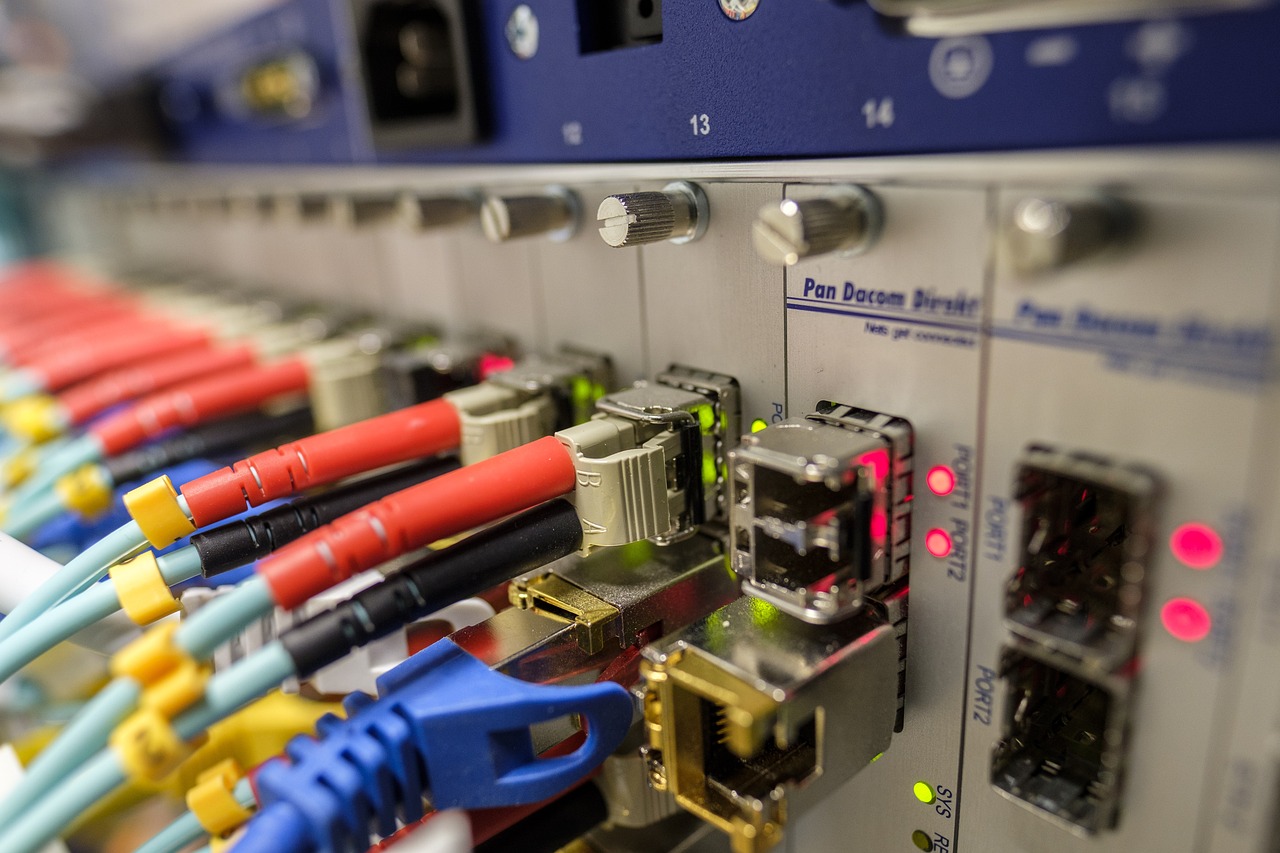Streaming has become an essential part of our daily entertainment. From Netflix to YouTube, we rely on a seamless internet connection to enjoy movies, TV shows, and live events. But how do you ensure your broadband speed is up to the task? In this article, we’ll break down the speed requirements for streaming in Standard Definition (SD), High Definition (HD), and Ultra High Definition (4K), helping you choose the right broadband plan for your needs.
Table of Contents
Streaming in Standard Definition (SD)
Standard Definition (SD) offers a resolution of 480p, which is suitable for smaller screens or when data usage is a concern. To stream in SD without buffering, a minimum broadband speed of 3 Mbps is recommended. This speed is enough for most casual viewers who don’t require high visual quality and are streaming on older devices or slower connections.
Key Points:
- Resolution: 480p
- Recommended speed: 3 Mbps
- Suitable for: Smartphones, tablets, or low-bandwidth environments
Streaming in High Definition (HD)
High Definition (HD) takes your viewing experience to the next level with resolutions of 720p or 1080p. For streaming in HD, a broadband speed of at least 5 Mbps for 720p and 8 Mbps for 1080p is advisable. This ensures a crisp, clear picture on larger screens such as TVs, laptops, and monitors.
Key Points:
- Resolution: 720p (minimum), 1080p (Full HD)
- Recommended speed: 5 Mbps for 720p, 8 Mbps for 1080p
- Suitable for: Streaming on TVs, laptops, and modern devices
Streaming in Ultra High Definition (4K)
If you want the ultimate viewing experience, 4K streaming is the way to go. With four times the resolution of HD, 4K delivers incredibly sharp and detailed images. However, it comes with higher bandwidth demands. To stream in 4K, you’ll need a broadband speed of at least 25 Mbps. Some platforms may recommend even higher speeds to account for variability in connection quality.
Key Points:
- Resolution: 3840×2160 (4K Ultra HD)
- Recommended speed: 25 Mbps or higher
- Suitable for: Large 4K TVs, home theaters, and immersive experiences
Factors That Affect Streaming Quality
While the recommended speeds above are a good starting point, other factors can influence your streaming quality:
- Number of Devices: If multiple devices are connected to the same network, your available bandwidth will be shared. Ensure your broadband speed accommodates simultaneous usage.
- Streaming Platform: Different platforms, such as Netflix, Amazon Prime, or YouTube, may have varying speed requirements and compression techniques.
- Network Congestion: During peak hours, your internet speed may slow down due to high usage in your area.
- Router Performance: A high-quality router can help maintain a stable connection for smoother streaming.
How to Check and Improve Your Broadband Speed
- Test Your Speed: Use online tools like Speedtest.net to measure your current internet speed.
- Upgrade Your Plan: If your speed is consistently below the recommended levels, consider upgrading to a faster broadband plan.
- Optimize Your Network: Position your router centrally, reduce interference from other devices, and use Ethernet cables for a more reliable connection.
Conclusion
Understanding your broadband speed requirements is key to enjoying uninterrupted streaming in SD, HD, or 4K. Whether you’re watching a quick YouTube video on your phone or hosting a movie night in 4K, ensuring your internet connection meets the recommended speeds will make all the difference. Check your current broadband plan and make adjustments as needed to get the most out of your streaming experience.
The Fastest Commercial Broadband for Personal Use in 2025
Why Broadband Speed Still Matters in 2025 Despite the rise of 5G, Wi-Fi 7, and satellite-based conne…
What Is Edge Computing? A Beginner-Friendly Guide for 2025
In the ever-evolving world of technology, the term “edge computing” is gaining more atte…
How to increase traffic and engagement
In this article we give you some tips and trick on how to increase traffic to your website. 1. Optim…


